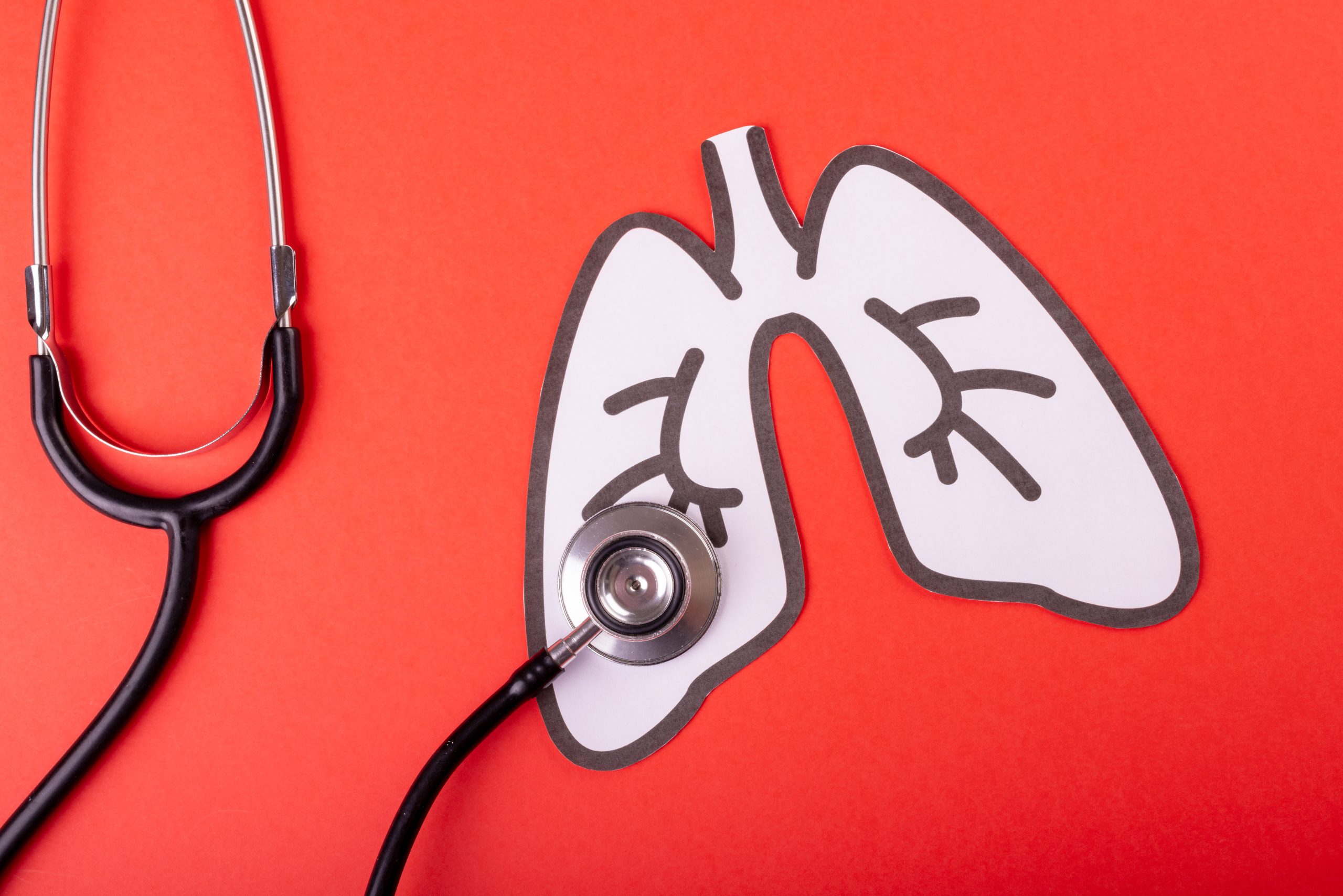Periodontitis: A Gateway to Chronic Obstructive Pulmonary Disease
As a dental professional, I have seen firsthand the devastating effects of periodontitis on oral health. However, recent research has shown that the impact of periodontitis extends beyond the mouth and can contribute to the development of chronic obstructive pulmonary disease (COPD). Periodontitis increases the presence of bacteria in the mouth, which can then be inhaled into the lungs, leading to immune cell activation and inflammation. This inflammation can exacerbate COPD symptoms and lead to flare-ups. Periodontal therapy, which includes scaling and root planing to remove plaque and tartar, can decrease the microbial link to COPD development by reducing the bacterial load in the mouth.
Bacterial Infections: The Common Denominator in Gum and Lung Diseases
Gum disease and COPD share common bacteria that cause inflammation in both the mouth and lungs. These bacteria, such as Porphyromonas gingivalis and Aggregatibacter actinomycetemcomitans, can lead to the development of periodontitis and exacerbate COPD symptoms. By targeting these shared microbes through periodontitis treatment, we may be able to reduce COPD symptoms and improve overall respiratory health. This highlights the importance of maintaining good oral hygiene and seeking treatment for gum disease to prevent further complications.
Immune Response and Its Implications for COPD Patients
Periodontitis increases the presence of bacteria in the mouth, which can trigger an immune response in the lungs and lead to COPD flare-ups. The bacteria can activate immune cells, such as γδ T cells and M2 macrophages, which contribute to the inflammation and tissue damage seen in COPD. By reducing plaque through periodontal therapy, we can cut the microbial link to COPD and potentially improve symptoms for patients with this chronic respiratory condition.
Targeted Periodontal Therapy to Improve Respiratory Health
Targeted periodontal therapy, which focuses on reducing gum disease, can improve COPD symptoms by reducing the bacterial load in the mouth. This therapy can include scaling and root planing, as well as the use of antimicrobial mouthwashes and antibiotics. By targeting the bacteria that trigger the immune response in the lungs, we can improve respiratory health and reduce the frequency of COPD flare-ups.
The Role of Dental Plaque in Exacerbating COPD Symptoms
Dental plaque, which is a buildup of bacteria and food debris on the teeth, can exacerbate COPD symptoms by increasing the bacterial load in the mouth. This increased bacterial presence can lead to inflammation in the lungs and worsen COPD symptoms. Periodontal therapy, which includes the removal of plaque, can reduce the microbial link to COPD and improve respiratory health for patients with this chronic condition.
Understanding the Microbial Link to Develop Comprehensive Treatment Plans
As dental professionals, it is important to understand the microbial link between gum disease and COPD in order to develop comprehensive treatment plans for our patients. By targeting the periodontitis bacteria that spread to the lungs, we can reduce COPD symptoms and improve overall health. Periodontal therapy, which includes scaling and root planing, as well as the use of antimicrobial mouthwashes and antibiotics, can be an effective way to reduce the bacterial load in the mouth and prevent further complications.
At BioCellgraft, our tagline is “Oral Health Is Overall Health.” We believe that by focusing on regenerative medicine and providing innovative products like OraFyl™, we can make a real difference in the lives of those suffering from oral health conditions. Our goal is to enhance the quality of life for our patients and to contribute to the advancement of the Oral Health For more information about our company and products, please visit our website at https://biocellgraft.com/.
Resources
- Periodontal Disease in Adults (Age 30 or Older). National Institute of Dental and Craniofacial Research. August 2021.
- Gingivitis: Diagnosis and Treatment. Mayo Clinic. August 4, 2017.
- Vujicic M et al. Dental Care Presents the Highest Level of Financial Barriers, Compared to Other Types of Health Care Services [PDF]. Health Affairs. December 2016.




